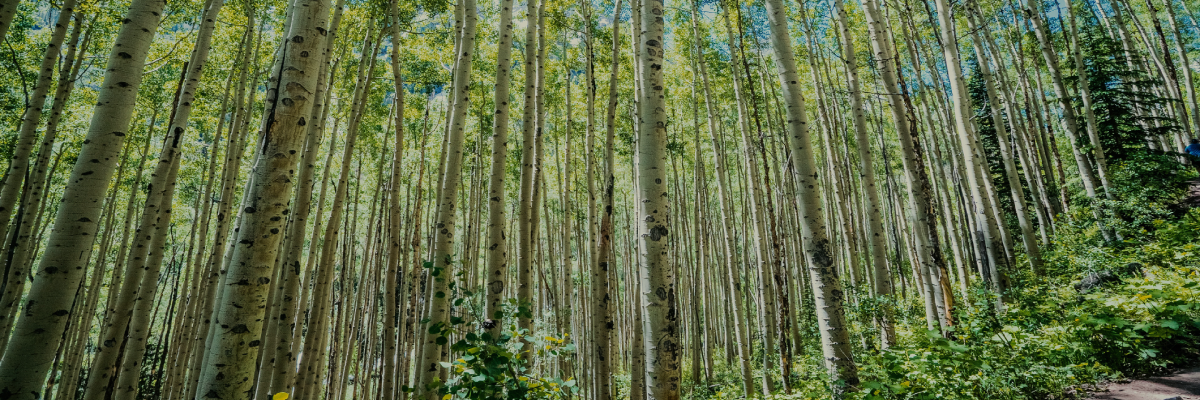
What’s in the name Aspen?
Many ask about the origin of our company name, Aspen.
No. Our founders are not from Aspen, Colorado in the United States nor avid skiers.
The name Aspen was selected because of the qualities of the aspen tree qualities we strive for in the execution of our work, in our professional and personal values; and in the relationships we develop with others.
Network
All of the aspens typically grow in large clonal colonies, derived from a single seedling, and spread by means of root suckers.
Strength
Each individual tree can live for 40–150 years above ground, but the root system of the colony is long-lived.
Resilience
Aspen trees survive forest fires, since the roots are below the heat of the fire, new sprouts grow very soon after the fire burns out.
Resourcefulness
Aspen trees contain salicylates which are compounds related to aspirin. The leaves have been used to treat burns, irritations, aches, and swollen joints. Tea from its bark has been used to treat ailments. The pulp is used to make the paper for books and magazines. Its soft white wood is also used to make matches, boxes, crates and, soft wood shavings for packaging.
Integrity
The dry timber of aspen trees weathers very well. It becomes silvery-grey and is resistant to rotting and warping. It is a noble wood for building cabins and floors.
Beauty
The most notable quality of the aspen tree is the fluttering of its leaves which move from side to side and change colors throughout the seasons. From silver to green, then golden yellow to rich orange, like flecks of silver and gold. And when the wind rustles the leaves, the sound is a sweet song of joy, love, and peace. Aspen trees are truly a sight to behold.
